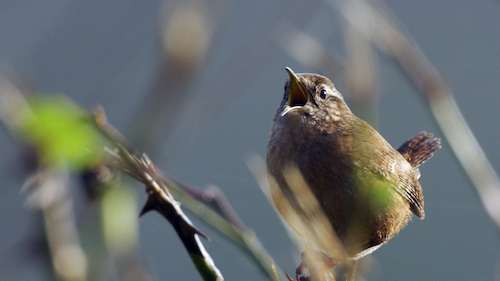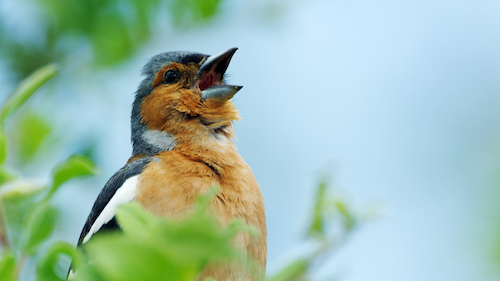Communiqué
Seven of the most remarkable animal songs in “Attenborough’s Wonder of Song” on NATURE – May 3
< < Back to seven-of-the-most-remarkable-animal-songs-in-attenboroughs-wonder-of-song-on-nature-may-3Nature: Attenborough’s Wonder of Song
Premieres Wednesday, May 3 at 8 pm on PBS, pbs.org/nature, and the PBS App

David Attenborough presents seven of the most remarkable animal songs found in nature and explores the significance of these songs in the lives of their species. Each one – from the song of the largest lemur to the song of the humpback whale to the song of the lyrebird – was recorded in his lifetime. But will they soon be heard no more? Contrary to Charles Darwin’s theory of sexual selection, a new generation of scientists have discovered that animal song is not just the domain of males. Scientists are learning that most female songbirds also sing, and it is only now they are being properly heard. Through this revelation and others, discover how animal songs are essential for survival. Joyous, surprising and poignant, this story of pioneering research and astounding insight is a chorus of wonder – and a wake-up call.
Select Singers:
- Indri Lemur
- Great Tit
- Nightingale
- Superb Lyrebird
- Superb Fairy Wren
- Humpback Whale
- Hawaiian ʻŌʻō

Noteworthy Facts:
- Songbirds make up half of the 10,000 species of birds and have the most advanced vocal organs in the entire natural world.
- No one yet knows why humpback whales sing, but in 1970, an album recording of their songs sparked the “Save the Whales” movement to protect the species.
- In the UK, it’s estimated that 38 million birds have disappeared from the skies in the last 60 years. Climate change and habitat deterioration are the main factors behind this catastrophic decline.Buzzworthy Moments:
- In 1960, a young David Attenborough helped capture the first ever audio of Madagascar’s largest lemur, the indri. Using a battery powered portable tape recorder, he played the sounds back to the lemurs and was rewarded with responses, which were thought to be a “keep out” signal over territory.
- The lyrebird can mimic the sounds of at least 20 different species. One male lyrebird manipulatively uses this to his advantage, mimicking the sound of a flock of birds to convince a nearby female that danger is outside of his realm and that she is better off sticking with him.
- It was once thought that only male songbirds were capable of song. However, in 64 percent of all songbird species, the females sing. Professor Naomi Langmore first made this discovery by recording a female fairy wren singing to defend her territory.

